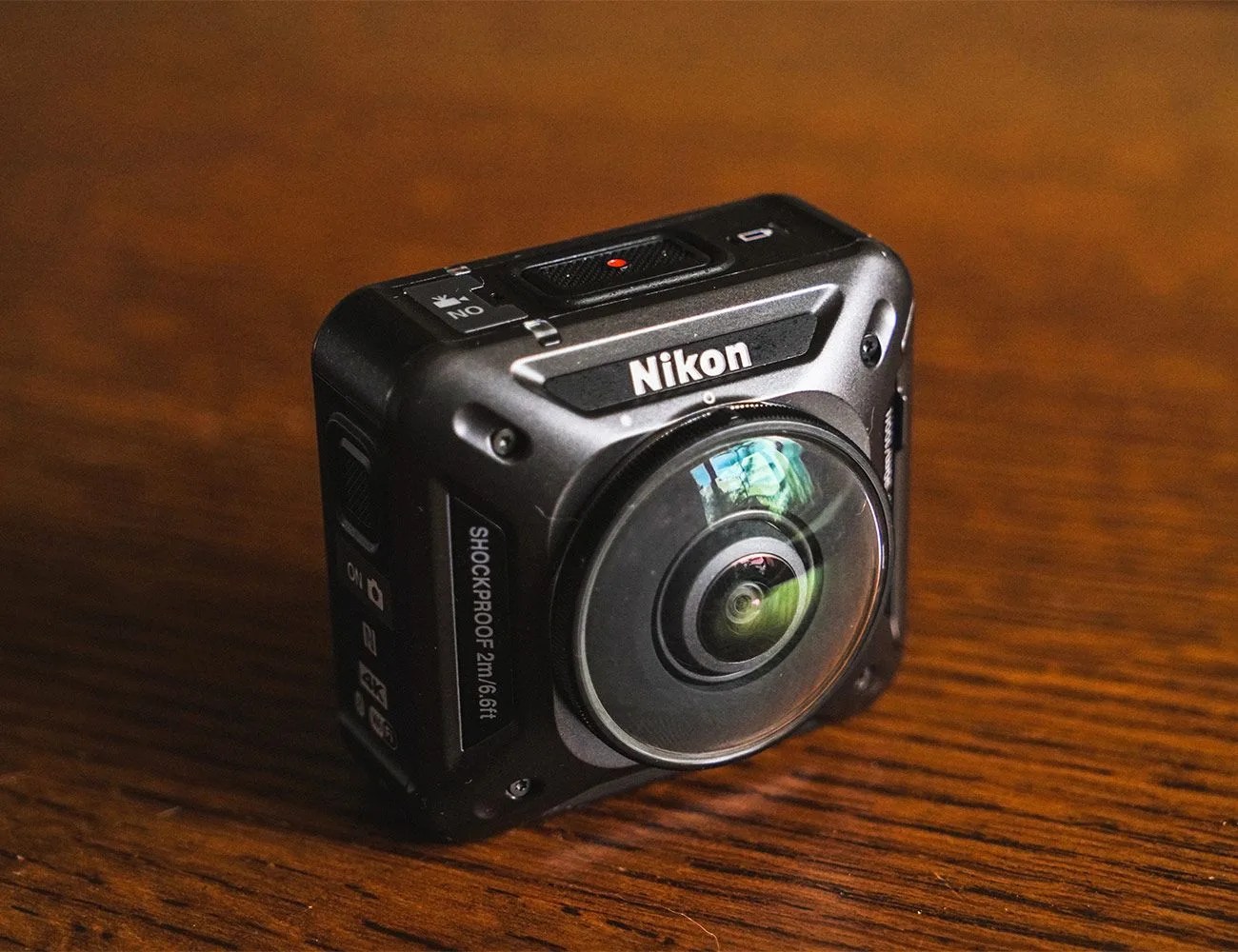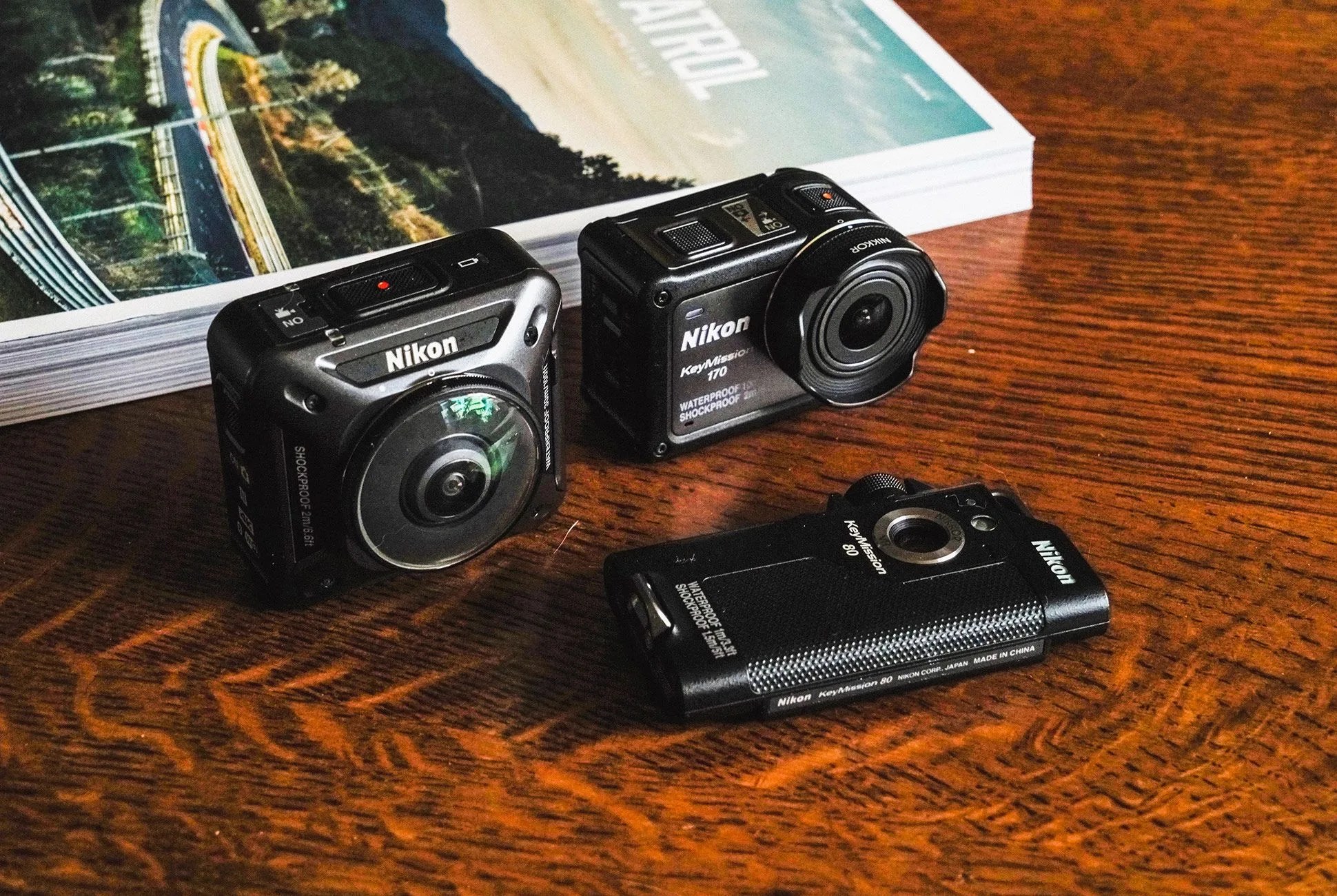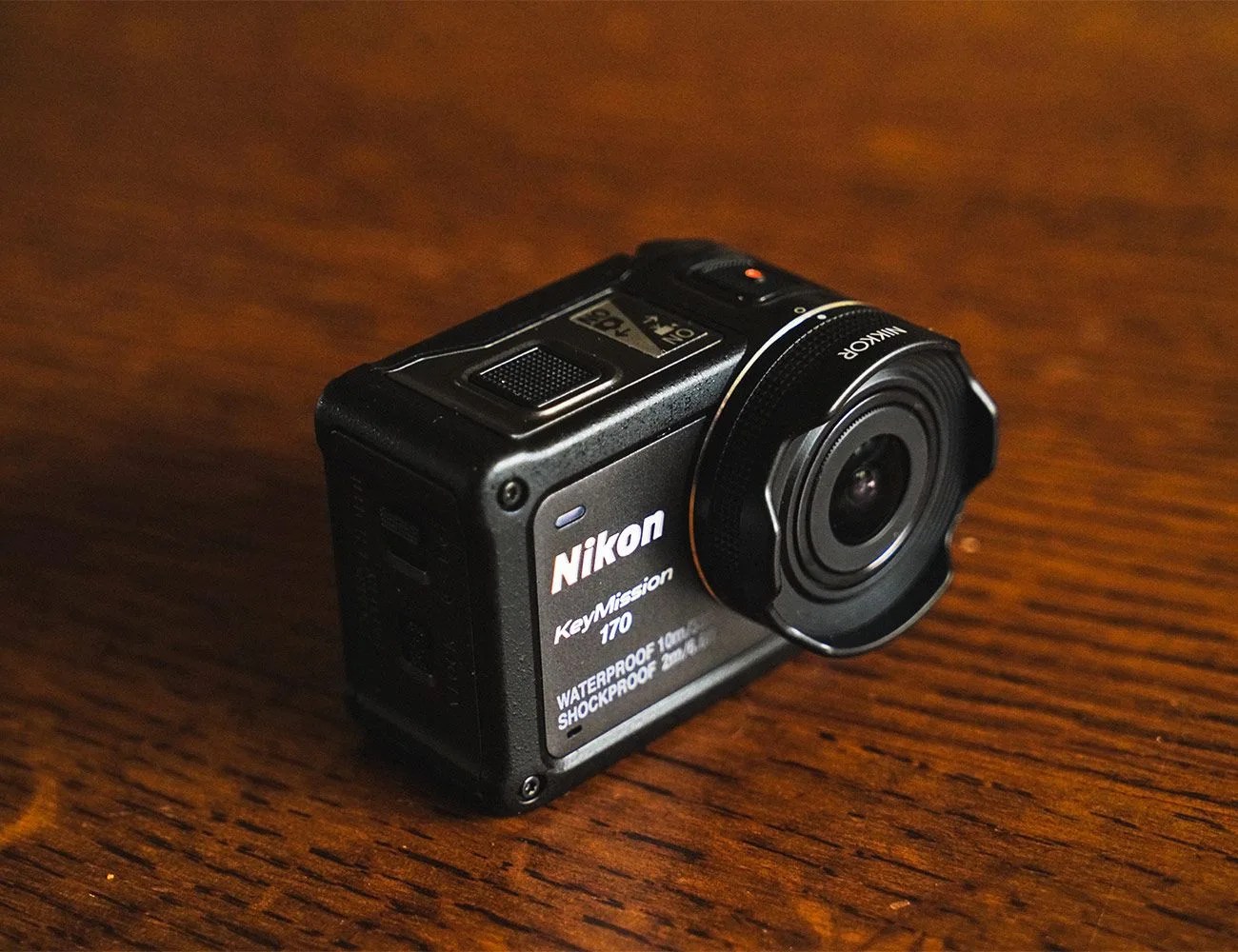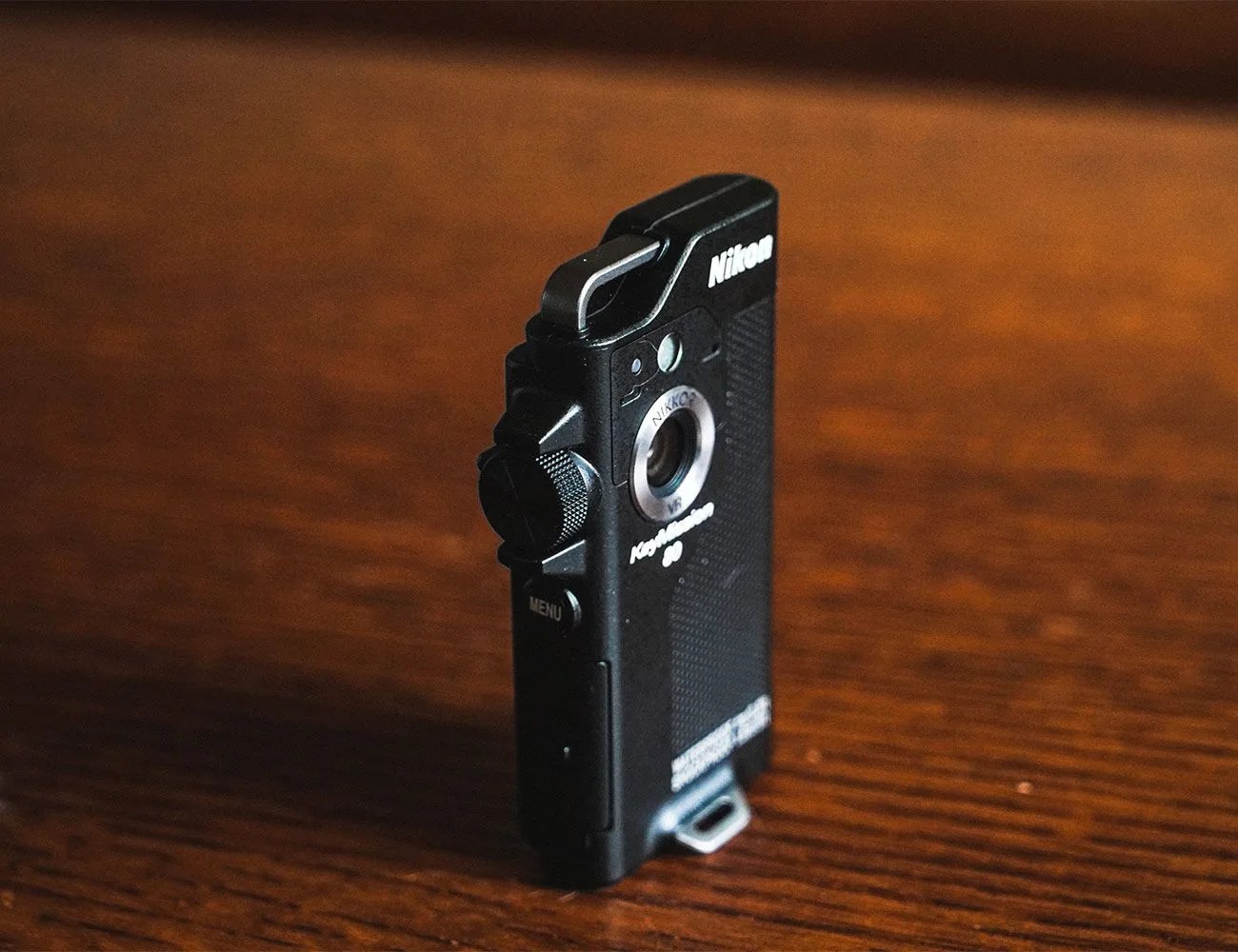Nikon launched its long-awaited KeyMission lineup of action cameras a few months ago — the KeyMission 360 ($497), with full 360 4K video and stills; the GoPro-like KeyMission 170 ($397); and the niche KeyMission 80 ($278), which is billed as a wearable “life-logging” camera.
After running each one through the photographic wringer, it’s clear that each addresses its specific, and in many ways unrelated, target extremely well, though there remain a few rough edges in each case. The KM360 is a great, high-quality 360 camera, but it has a few frustrating design glitches. The KM170 is equally good as a nicely feature-rich action cam, but it’ll be tough to make the case for it against the more compelling feature bump GoPro brought customers with its most recent Hero5 offering. Meanwhile, the KM80, the more niche model, offers its own compelling argument even if you’re not a life-logger, but it suffers in the image-quality arena.
After running each one through the photographic wringer, it’s clear that each addresses its specific, and in many ways unrelated, target extremely well.
Before hitting the cameras individually, though, there are two important things that they all have in common that are worth noting — one to their collective credit, one the opposite. On the negative side, the Nikon Snapbridge smartphone app designed for these cameras (for both control and downloading content) is a confusing mess, requiring multiple steps to connect them via both wi-fi and Bluetooth in a process that’s far from intuitive. (Note: Android connections do work better than iOS.) Once you have the cameras connected, everything does seem to work properly — and they’ll automatically offload your content to your device, which is nice — but getting there is painful. This isn’t as much of a big deal with the KM170, which has its own monitor on the back, making the smartphone app less vital, but the 360 doesn’t have a monitor or even an LCD screen to make adjustments to settings. Everything goes through the app, so you’re obligated to make it work.
On the brighter side, all three cameras provide excellent physical distinctions between video and still imaging controls, which doesn’t sound like a big deal except for the fact that that using action cameras often happens in busy circumstances, and switching back and forth between still and video is often a multi-step process that can leave you uncertain what mode you’re in. With these cameras, though, it’s simple — in the KM360 and the KM170, press one button for video, another for still, whereas the KM80 is even better, including a firm physical switch to quickly toggle between functions. All represent refreshingly thoughtful user interface touches. Also, all three are waterproof out of the box, which is a significant bonus.
KeyMission 360

For the last year, 360 cameras have been the rage. Well, somewhat — though occasionally deployed by online media outlets, the actual consumer appetite for them is less clear. Regardless, Ricoh, Samsung, 360Fly and others have produced cameras that film and take photos in full 360 degrees, and now Nikon has entered the fray, as well. Their $497 version is indeed among the best out there, in terms of image quality and broadening the spectrum of uses to more varied settings, including inclement weather and even underwater. Once you get past the above-mentioned connectivity issue, the camera is a pleasure to use, with instantaneous responsiveness when you fire it up and start recording (most cameras have fairly limited quick-draw capabilities) and a smartly designed dual-lens system that provides crisp, sharp images to the 4K sensor beneath. Of course, much of this is relative — all 360 cameras are hampered by the fact that even in 4K sensors, the pixels are distributed throughout the entire 360 degrees. So it looks a tad mushy compared to conventional 4K delivered by linear cameras. But Nikon’s sensor and lens combination does a better job than most other 360 cameras with retaining sharpness across the sphere.


